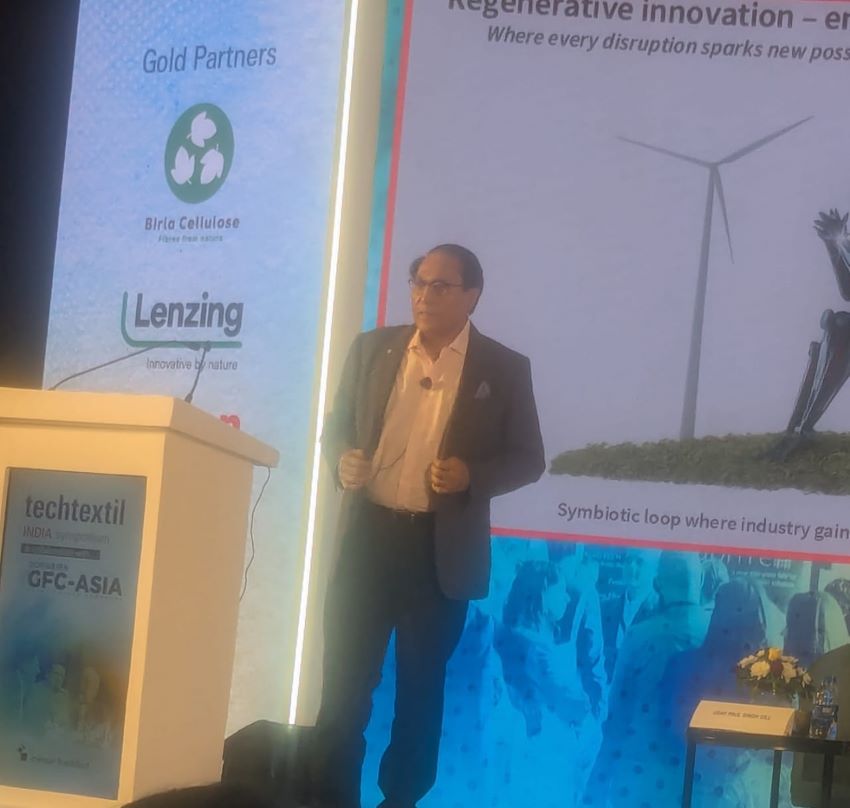From April to May, many polyester plants in China scaled down or suspended production. Polyester feedstock price also weakened. The inventory burden has been obviously eased. Cash flow of PFY and PET bottle chips slightly improved, and PFY plants turned to be profitable but PSF plants still suffered losses with falling prices. The polymerization rate has increased to around 90.5 per cent from 87.8 per cent. In addition, some PFY and PSF plants have presold some orders. The polymerization rate is expected to be supportive to the upstream feedstock market in the short term.
Players lowered their run rate to slow down the accumulation speed. Orders improved sporadically after PFY price firmed up, but the overall weakness has not changed, supporting the run rate of twisting units and fabric manufacturing plants. The intensified Sino-US trade conflict has made downstream plants cautious in purchases and the situation is not expected to change in the short run.
Replenishing of downstream plants in June has improved compared with April or May. Polyester plants witnessed decreasing stocks. Actually, the inventory was transferred to the downstream market and partially to traders. Downstream demand has been continuously weak. Stocks of feedstock and finished goods are expected to be high in the short run.
Chinese polyester plants scale down
- 1
- 2
- 3
- 4
- 5
- 6
- 7
- 8
- 9
- 10
Wired Threads: How India’s textile backbone is powering the smart apparel future
India’s huge textile industry, long celebrated for its command over cotton and competitive manufacturing scale, is going through a foundational... Read more
The New Core Competency: How sustainability and advanced fabrics are driving Ind…
The SportTech Pavilion at Techtextil India, hosted by Concepts N Strategies, concluded with a unanimous declaration: for India to successfully... Read more
New EU import rules set to raise prices for Shein and Temu, boosting European re…
Europe’s fashion and textile scenario is on the verge of its most consequential structural shift in over a decade. The... Read more
Global apparel trade rebalances in 2025 as Europe rises, Asia stumbles: Wazir Ad…
As the global apparel economy enters the final quarter of 2025, trade flows across major markets reveal a sector facing... Read more
Tariffs, turbulence and tenacity, India’s textile sector finds new strength
India’s textile and apparel export sector is showing a remarkable capacity to adapt and thrive in one of the most... Read more
Future Fiber Demand and the Chemical Recycling Imperative: Global industry eyes …
The global textile industry is entering a period of exponential growth and profound technological transformation, according to key figures speaking... Read more
Regenerative innovation and the Human-Centric future of textiles
The global textile industry is at a crossroads where mere efficiency and profit no longer guarantee survival. This was the... Read more
Profit with Purpose: Inside the 35% margin boom in upcycled fashion wholesale
The secondhand wholesale sector, once seen as the back end of fashion, is now leading a quiet revolution, one that... Read more
Beyond CMT: Collaboration, not competition, is India’s new growth strategy
The journey for India’s activewear industry to move "Beyond CMT" (Cut, Make, Trim) and capture the global premium mandate is... Read more
Inside Lululemon’s toughest year, tariffs, trend misses, and the fight to reigni…
For over a decade, Lululemon Athletica embodied everything the premium athleisure revolution stood for technical mastery, community-driven branding, and an... Read more












